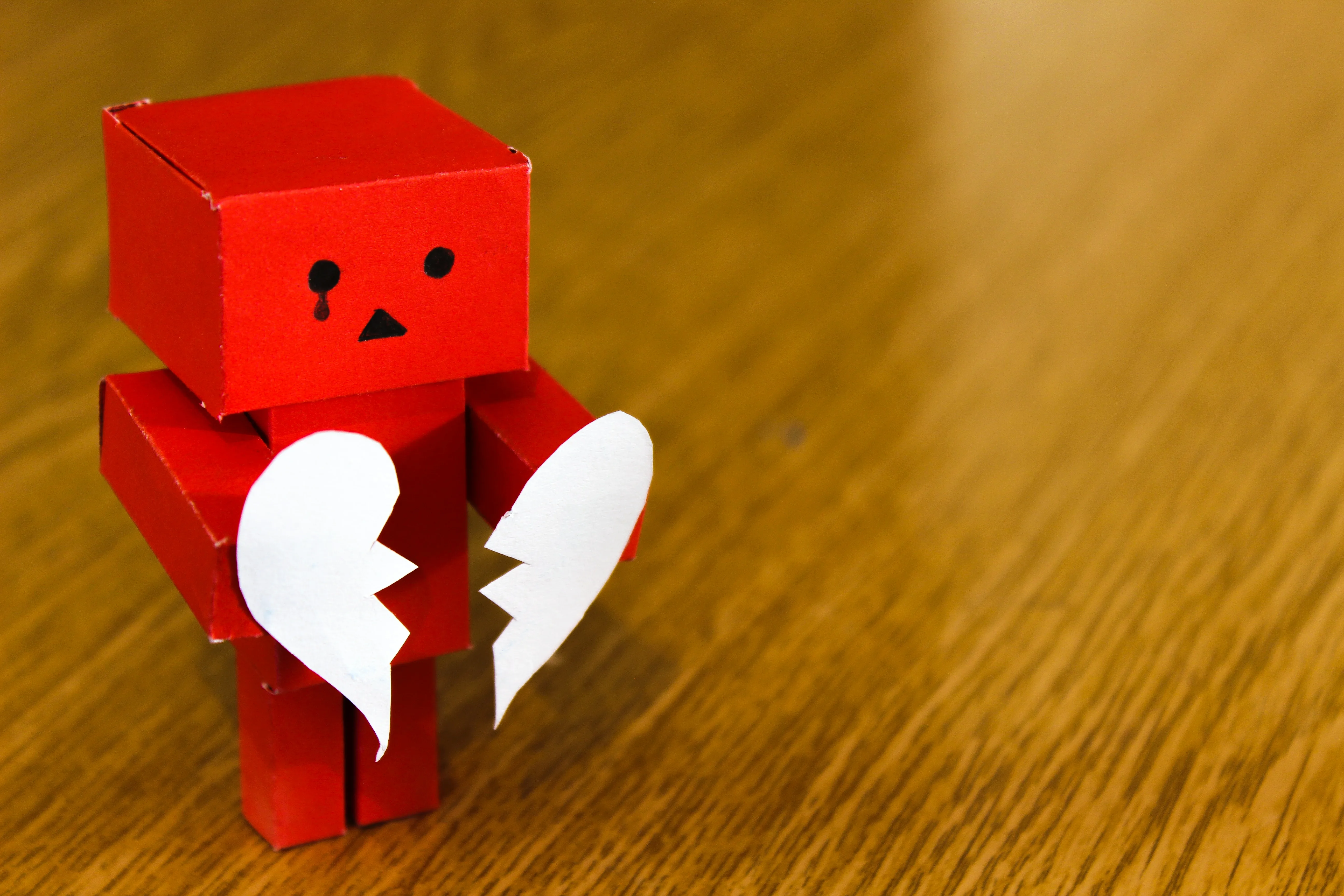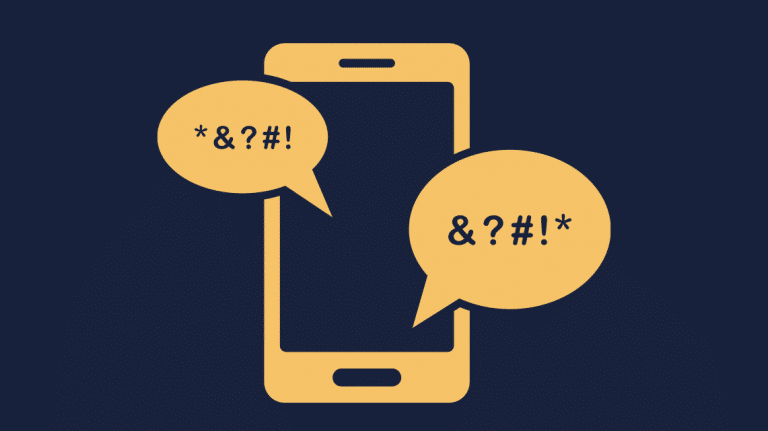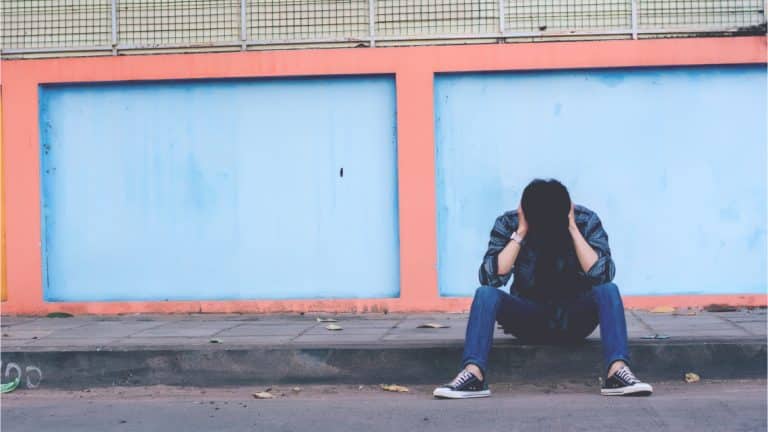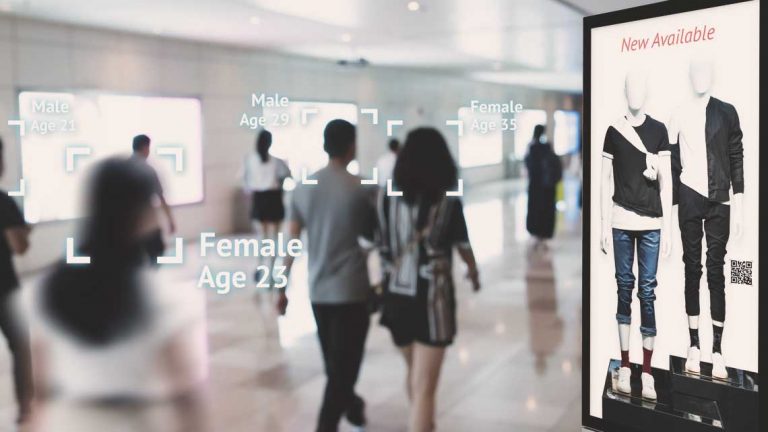Understanding digital self-harm
Digital self-harm is an emerging trend amongst teenagers – although anyone might undertake this behaviour. It can be hard for parents to deal with which is why we’ve explained more about digital self-harm below and how you can support. You can contact Netsafe on behalf of them for help and advice, or your child can…

Digital self-harm is an emerging trend amongst teenagers – although anyone might undertake this behaviour. It can be hard for parents to deal with which is why we’ve explained more about digital self-harm below and how you can support. You can contact Netsafe on behalf of them for help and advice, or your child can contact us.
What is digital self-harm?
Self-harm manifests physically and psychologically, and young people are at more risk of these behaviours. Digital self-harm is the anonymous online posting or sharing of mean or negative online content about oneself (or self-bullying).
Digital self-harm is when a person uses digital technology to send, post or publish content with the intention to harm themselves. It can take many forms including:
- name calling online
- repeated unwanted online messages
- spreading rumours or lies
- fake accounts used to harass people
- excluding people from social activities
- embarrassing pictures, videos, websites, or fake profiles
How prevalent is digital self-harm?
Netsafe has researched the prevalence of digital self- harm among teenagers (aged 13-17) in New Zealand, the motivations, and outcomes related to this behaviour.
It identified that six percent of teens have anonymously posted mean or negative content about themselves in the past year, and for teens who had engaged in digital self-harm, most did it more than once (65%).
Digital self-harm appears to be more prevalent among younger teenagers, those aged 13 and 14 years old. There is an indication that digital self- harm is more prevalent among teens experiencing one or more disabilities.
Girls and boys also pointed out different reasons for engaging in digital self-harm:
- Girls reported wanting to show resilience, looking for friends’ sympathy, and seeking reassurance of friendship
- Boys reported it was mainly about making a joke
Why do teenagers engage in digital self-harm?
Netsafe research identified the main reasons young people engaged in this type of behaviour were to:
- make a joke
- show resilience
- looking for sympathy
- seek reassurance
COULD MY CHILD BE BULLYING THEMSELVES?
Research has found that in a small number of online bullying cases, it’s possible that the person sending harmful messages when online bullying is happening is also the victim themselves. Overseas research has linked this type of behaviour to offline bullying and depression so it’s important that you seek help from Netsafe if you think your child may be taking part in this type of behaviour.
WHAT TO DO IF YOUR CHILD IS BULLYING THEMSELVES?
- Stay calm: Your child needs to be able to talk to you and know that you’ll be level headed, thoughtful and helpful in your response.
- Evaluate the situation: It’s important to know exactly what’s going on before you can work out what to do next. Is it a few offhand remarks, or is it something more serious?
- Understand how your child is being affected: If your child is upset about a situation, let them know that you understand and it’s okay to be upset.
- Don’t take away the technology: Taking away your child’s laptop or mobile phone can alienate them from their most important support network – their peers.
- Work through a plan together: If you need help with what you can do next contact Netsafe.
WHERE TO GET HELP
If you’re concerned about the immediate safety of you or someone else, call 111. If your child needs counselling support contact Youthline or another counselling line.
Netsafe is available to talk about any incident happening online. You can email [email protected] or call us toll-free on 0508 NETSAFE (0508 638 723). You can also make a report to Netsafe here: http://www.netsafe.org.nz/report
ONLINE SAFETY PARENT TOOLKIT
You’re currently within the ‘Understand’ section of our Online Safety Parent Toolkit where online risks and challenges are explored. This is the first step in our seven-step framework designed to help parents and whānau with digital parenting in a rapidly changing world. We recommend reading through each step of the Toolkit as this will guide you on how to support your child to confidently access digital opportunities and reduce online harm.
Other options
Another tool families might want to consider is parental controls. Netsafe has useful advice around parental controls which includes the types of controls that can be added to limit access to inappropriate content, as well as factors to consider before using them. We strongly encourage parents to discuss these options with their child before they install it to build a sense of trust. Importantly, parental controls should be just one part of a wider strategy around online safety at home.
Switch on Safety
If you have a child attending school in New Zealand, you can use Switch on Safety when not at school. This is a free online safety filter from Network for Learning (which provides online filtering for 99% of schools) and the Ministry of Education. It blocks access to a range of websites known to be unsafe and inappropriate for learning (including adult websites and scam websites).
FAQS
I’m not the parent, guardian or caregiver of the young person targeted in the incident. What can I do to help? You can still contact Netsafe. Although we won’t be able to take action, we can still offer advice about what you can do. If you’re a teacher or school leader you can contact Netsafe of behalf of a student.
I think my child is engaging in digital self-harm, but they won’t talk to me and I don’t have any proof – what can I do?
You can still contact Netsafe to explain why you think something is going on, and we can give you advice.
I know my child is bullying themselves online – what can I do? Each situation is different, but depending on what’s going on there may be ways to help that won’t aggravate the situation. You can still contact us for help and advice – we won’t take any action without your permission.
CONTACT NETSAFE
If you’re concerned about the immediate safety of you or someone else, please call 111. If you want help or expert incident advice, you can contact us. Our service is free, non-judgemental and available in four ways:
- Email [email protected]
- Call toll free on 0508 NETSAFE (0508 638 723)
- Online report at netsafe.org.nz/report
- Text ‘Netsafe’ to 4282
KEEP UP TO DATE
Follow us on social media and sign up to our newsletter for alerts, news and tips.







